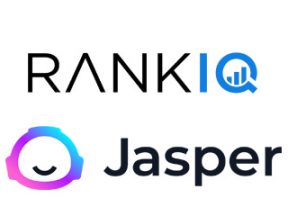Ecommerce recommender systems are machine-learning algorithms that suggest products to a specific consumer or groups of consumers. The algorithms use historical data — purchases, search history, reviews — to identify an item a shopper would likely buy.
Recommender systems enable Netflix to suggest movies and Amazon to offer related products. Such systems can predict the rating a user might give to a product to encourage her to buy it.
There are many types of artificial-intelligence-based recommender systems and multiple ways of implementing each one. But they all strive to improve:
- Product sales,
- Customer engagement and retention,
- Customer experience,
- Personalization.

Netflix relies on recommender systems to suggest movies to its customers.
Implementation
Broadly, there are three methods to implement a recommender system.
Collaborative filtering is based on the premise that shoppers with similar preferences tend to order the same products. For example, viewers who rate a movie or set of movies similarly likely have shared tastes. Hence a movie highly rated by one such viewer would presumably interest another.
Collaborative filters parse through all products and identify the ones likely to be purchased by a certain shopper based on feedback from similar customers who have purchased that item. The main advantage of collaborative filtering is simplicity and ease of implementation. Drawbacks include assessing new products and those with little purchase data.
Content-based systems rely on user preferences, profiles, and product attributes. Content-based systems analyze user-generated info and purchase history to match preferred features with recommended products.
Content-based models excel for items with insufficient reviews since they rely on shoppers’ profiles and preferred product attributes. But these models tend to underperform for new shoppers with little-known likes or dislikes.
Hybrid systems leverage multiple approaches with the final recommendation a combination of several outcomes. For example, a collaborative filtering model could produce one set of recommendations while a content-based model suggests another. A hybrid system could recommend products that both models have favored. The advantage of the hybrid approach is diversity and the strength of alternative systems. The disadvantage is complexity and the need for more computing power.
Complexity
Recommender systems are complex. Implementation is not easy. Fortunately, many open-source tools can help. All major cloud hosting providers — e.g., Amazon Web Services, Azure, Google Cloud Platform — offer tools that ease the development. And low-code platforms — e.g., Dataiku, DataRobot — offer pre-built machine-learning pipelines that adapt to specific needs.
Such tools and services enable smaller and emerging ecommerce vendors to afford robust recommender systems, avoiding the formation of machine learning teams to develop systems from scratch.




